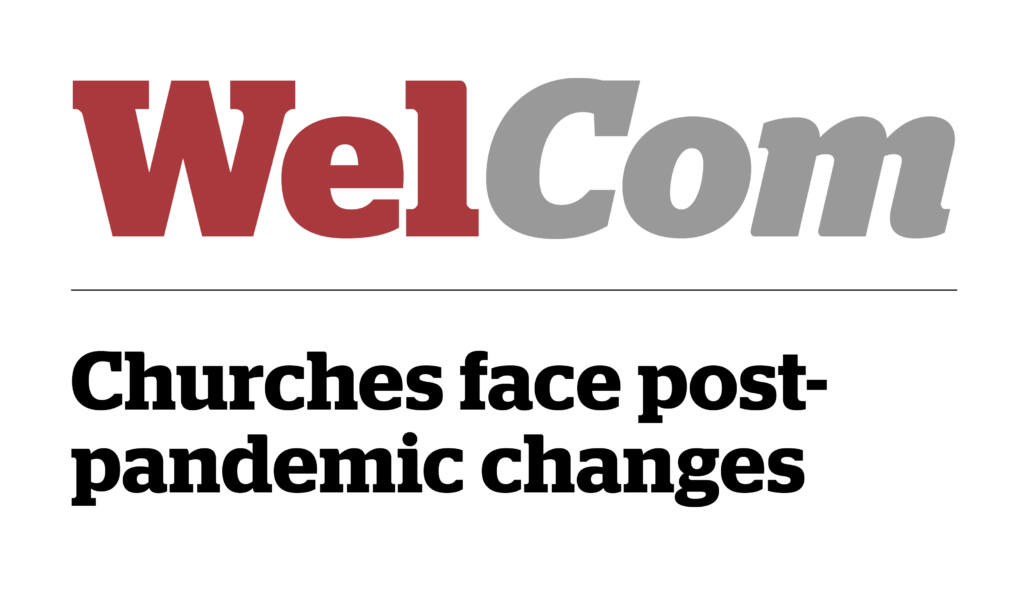WelCom April 2022
Dramatic shifts brought on by Covid-19 restrictions are forcing churches to rethink the nature of worship and the purpose of their communities.
For some, shrinking congregations and dwindling donations have forced closures. More than 4,000 churches shut their doors in the United States in 2020, according to research from Barna Group, an evangelical polling firm. Others have experienced a broader reach as new viewers have tuned in from afar – and as sometimes-alienated groups such as the elderly and disabled have found virtual church homes.
What was once a temporary measure has begun to feel like a necessity for many churches. Many churches ‘spent a lot of time and resources to get online’ in the pandemic and don’t want that to go to waste, said Heidi Campbell, a researcher studying digital religion at Texas A&M University.
But in doing so, they’re having to figure out what it means to worship online in meaningful ways.
‘Over the holidays, a lot of them saw that not as many people have come back face-to-face,’ Campbell said. ‘And so churches are trying to make a decision about how might this be not just a season of change but a long-term change for churches and how people see church integrating into their lives.’
Many religious traditions now see the online space as a ‘new mission field’ to reach people who otherwise wouldn’t be drawn to worship’, says Scott Thumma, director of the Hartford Institute for Religion Research at Hartford International University.
Life.Church, a pioneer in the digital space, has been holding online church services since 2006. It has created an online streaming platform, which it offers to other churches free of charge. There has been an explosion of demand for its services during the pandemic.
The platform helps churches go beyond one-way video streaming and offers chat translation, a donation function, and ways to connect congregants with service opportunities and small-group meetings.
Source: CathNewsNZ
